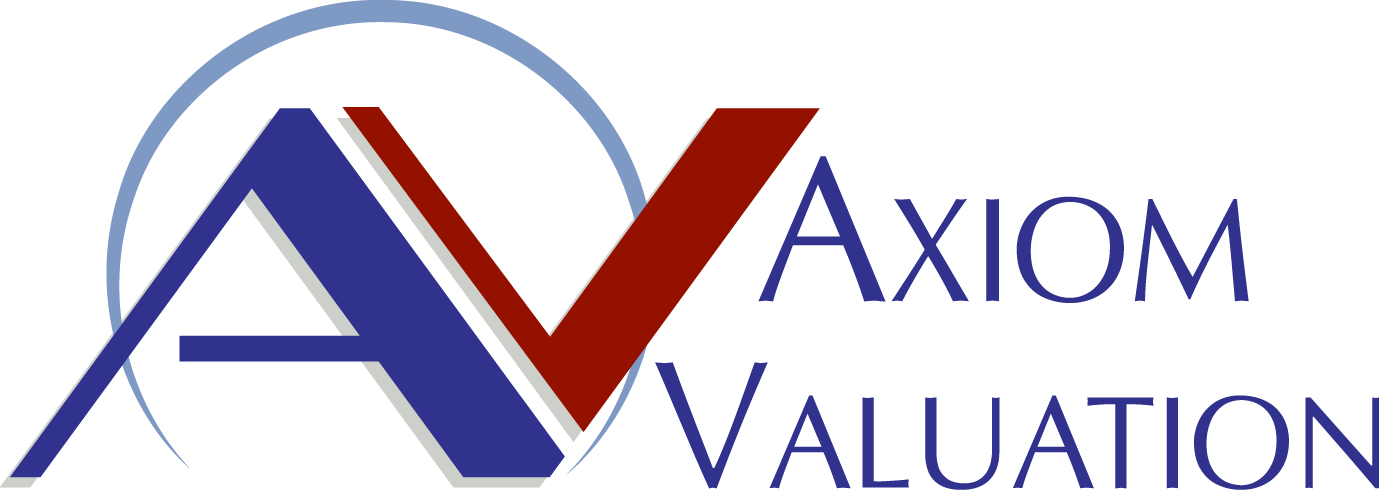New Opportunities for Business Borrowers, The Bank Monopoly is Ending
From June’s Axiom on Value:
The bank monopoly on business lending is eroding, creating new opportunities for business borrowers to tap into the global pool of capital. Because banks have been focusing on strengthening their balance sheets and improving capital ratios, they are increasingly reticent to extend credit to businesses that are of lower credit quality but nevertheless credit worthy. Credit funds and BDCs (Business Development Companies) have filled some of the void by directly underwriting loans, while the proliferation of capital raising platforms like FINEX (https://fnex.com/) are presenting unique opportunities for business borrowers. These platforms connect business borrowers with new and non-traditional lenders including high net worth individuals looking for higher yielding credit worthy investments in a low interest rate environment.
In order to increase the probability of accessing debt capital on fair terms, borrowers need to provide potential lenders with a credit risk assessment in much the same way public firms hire a credit rating agency to rate a bond before it goes to market. While such an analysis is not mandatory, Axiom’s experience working with lenders indicates that business borrowers are well served if they can formulate their own expectations as to firm credit risk and make it clear to prospective lenders the basis of this assessment. In this way, borrowers are well positioned to compare and contrast offers, while lenders will be able to initially assess the credit risk of the client and, based on this and other information they may require from the borrower, make a determination as to whether to make an offer.
For any given credit risks assessment, the terms of the offer to lend will cover three variables:
• rate charged or coupon rate
• maturity or tenor
• call provisions
The rate on the loan is the base rate plus a spread or margin. The greater the credit risk, the greater the credit spread and hence the greater the cost of debt. As an example, if the tenor of the loan is five years and Axiom’s credit rating is 13 which is equivalent to an S&P credit rating of B, then the rate on the loan would be 7% – 5 year Treasury rate or base rate of 1.73% plus a 5.27% spread, which is market spread for five year B rated credits at the time the analysis was done. Keep in mind that the 5.27% spread reflects two factors – the credit risk of the business issuing the debt (corporate credit risk) plus the credit risk of the loan being issued which reflects what a borrower would recover if the firm defaulted. Depending on the debt structure of the firm, the credit risk of the debt being issued could be very much higher than the corporate credit risk.
Finally, most loans have a penalty if the loan is paid off prior to maturity. One way to reduce the interest on the loan for any given credit risk is for the borrower to give up the right to prepay the loan. Loans have other requirements also known as covenants. Covenants are guidelines that, if violated, may result in the loan being called by the lender. More typically covenant violations result in the borrower paying additional fees and the coupon is reset to a higher level. Two common covenants are the leverage ratio (Debt/EBITDA) and the coverage ratio ([EBITDA-CAPX]/ Interest expense). Like anything else, covenants are negotiable.


No Comments
Leave a Reply